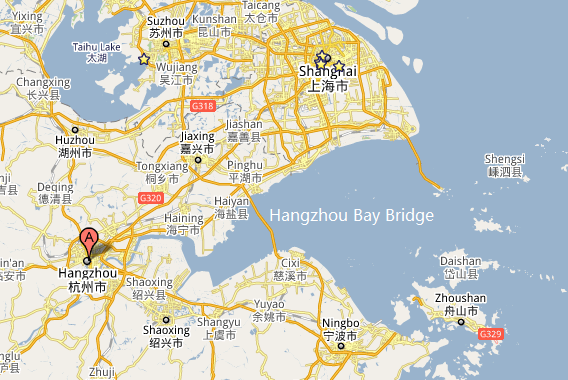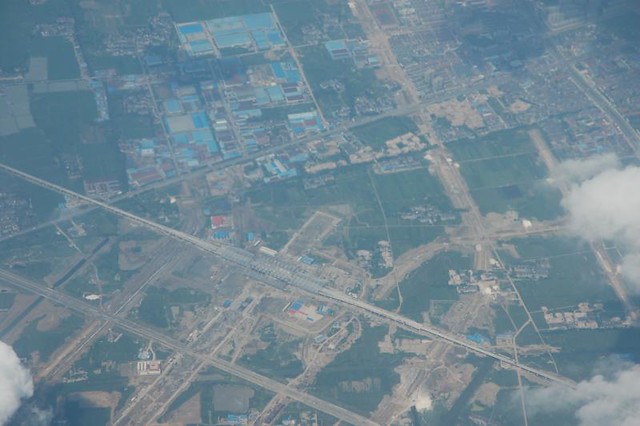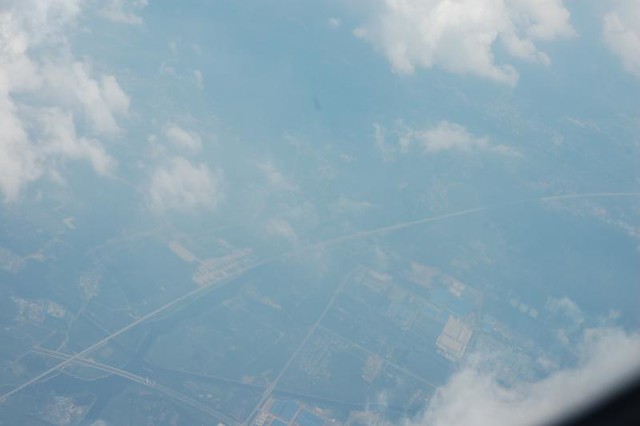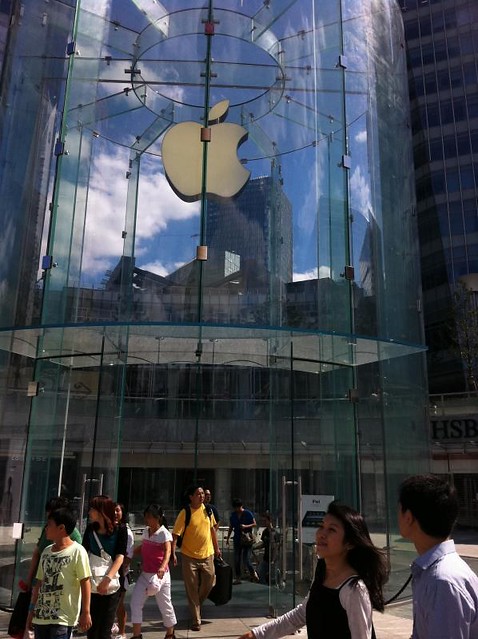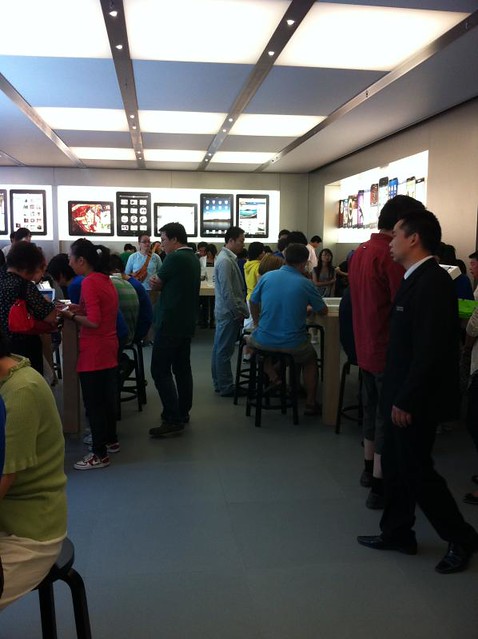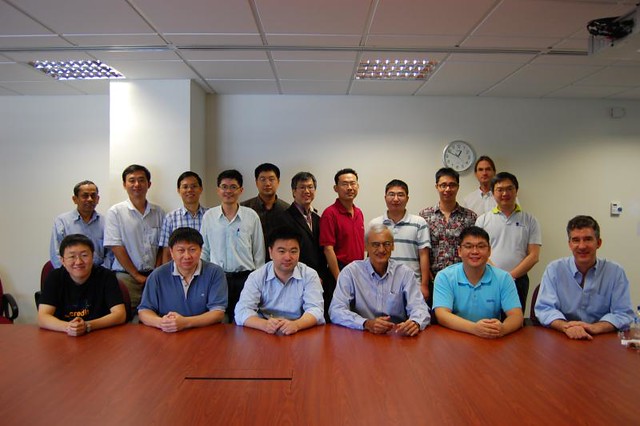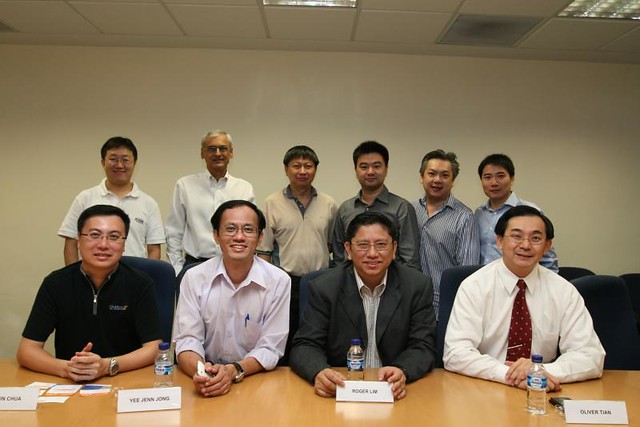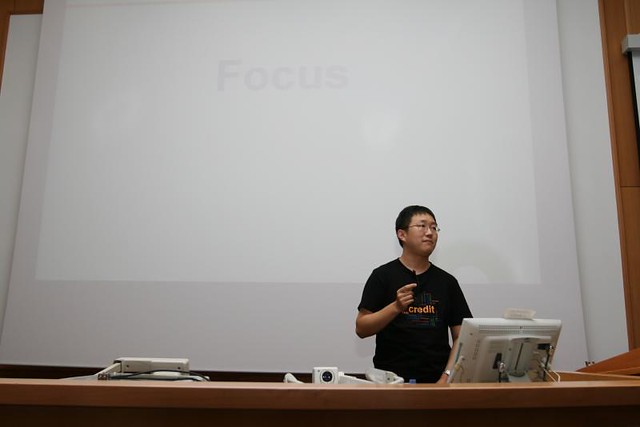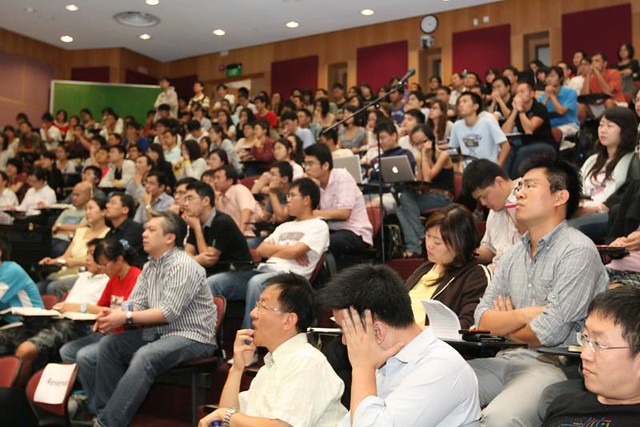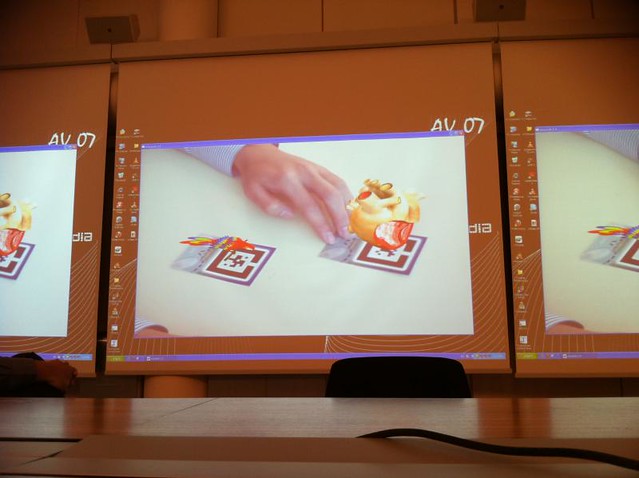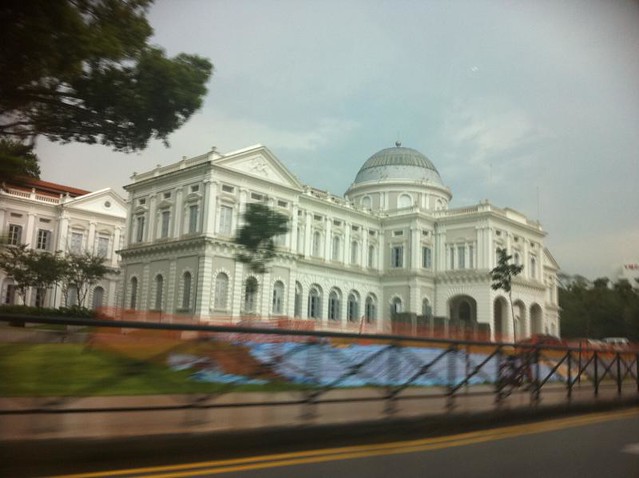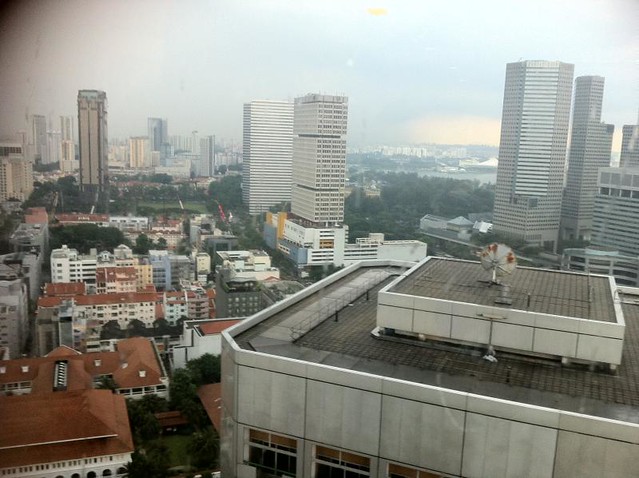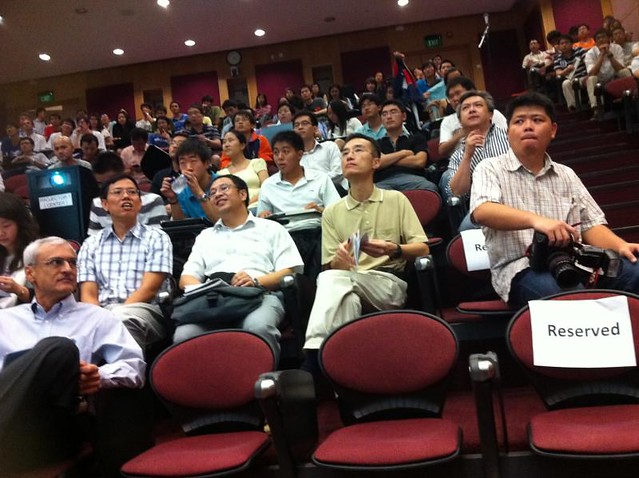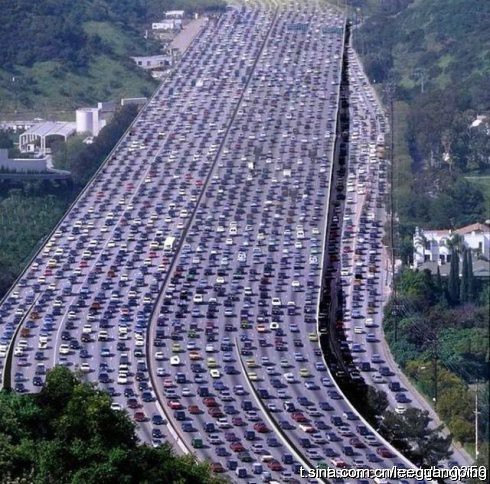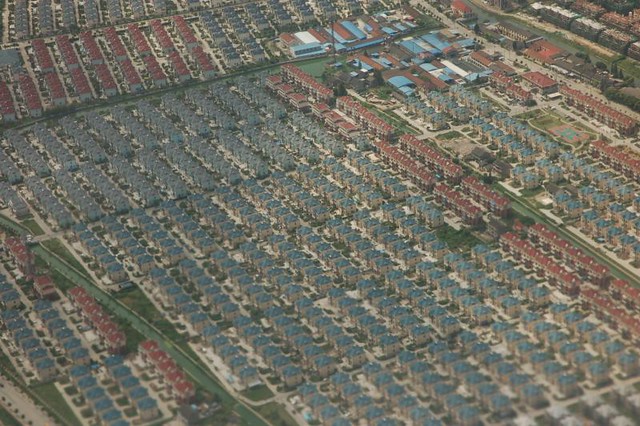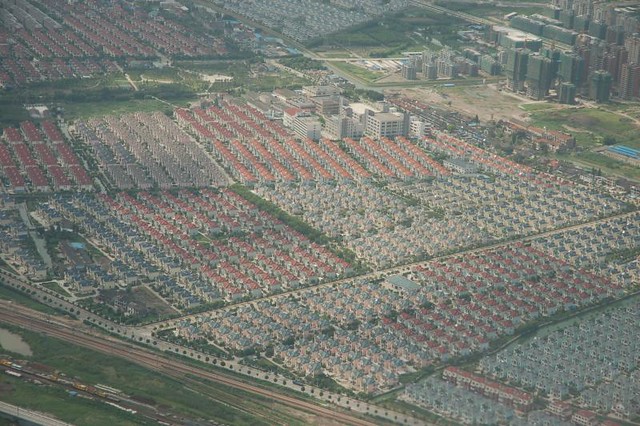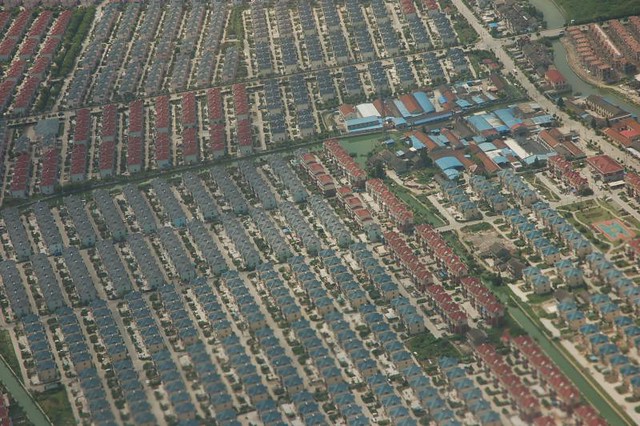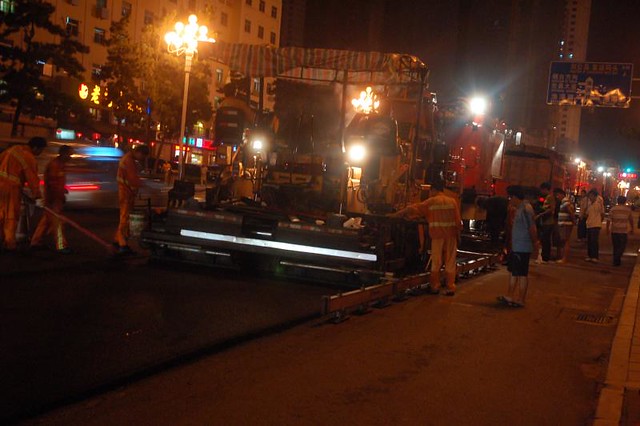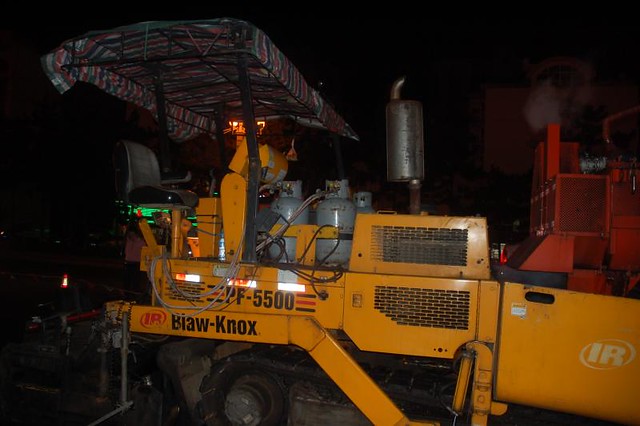I didn’t make a mistake here. It is NOT Hong Qiao Airport, it is the Hong Qiao Railway Station.
Before many people know it, the Hong Qiao Railway Station at the new Hong Qiao Airport Terminal 2 has operated for quite some time. It is the new station serving the highspeed trains from Shanghai to Nanjing, Hangzhou, Beijing and future destinations.
Location
It is exactly at the west side of the Hongqiao Airport Terminal 2. It shares the same building with the Hong Qiao Transition Center (Metro Line #2, and Line #10, and future Maglev, if they are lucky to be able to build it), and the T2. You can basically walk from the railway train station to the Hong Qiao airport terminal 2, but it is a pretty long walk. You can also take the Metro for one stop (got the idea about how far it is to talk at the basement of the building?)
How many Train Stations in Shanghai?
There are many, but only three of them really matters.
The Shanghai Railway Station, which serves most of trains from the north and west for Shanghai; the Shanghai South Railway Station, which serves most trains from the south, and the Hong Qiao Railway Station, which is built just for the high-speed trains. They are not strictly divided by destination. So do check your ticket before get onboard a taxi or metro train.
The Photos
This train station is, again, as most Chinese buildings, the newest, biggest, and nicer train station, even better than the recently build modern Shanghai South Railway Station.
Below is the B1 level of the station, where all passengers arrive. Unlike all the design of train station I saw in China, this tunnel is not just a tunnel. It is a shopping center by itself. On the right hand, you can see a row of glass doors. That are the exit from each platform, and on the left, are the food court, and shops.
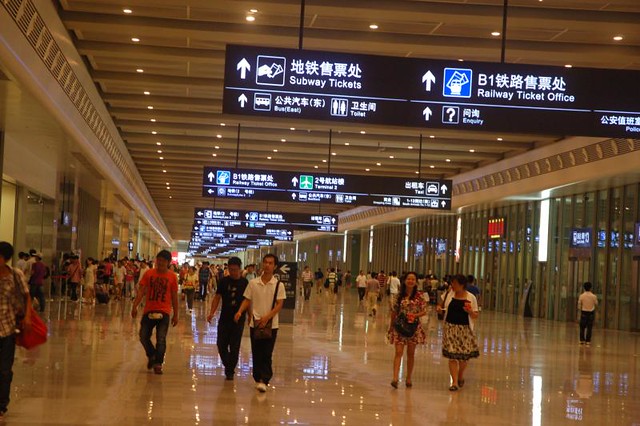
Photograph by Jian Shuo Wang
The departure area of the station is at level 2. It is a big area of seats, with check-in gates arranged on the both side. Thanks to the transparent high ceiling, it is pretty pleasant to wait there for a train trip.
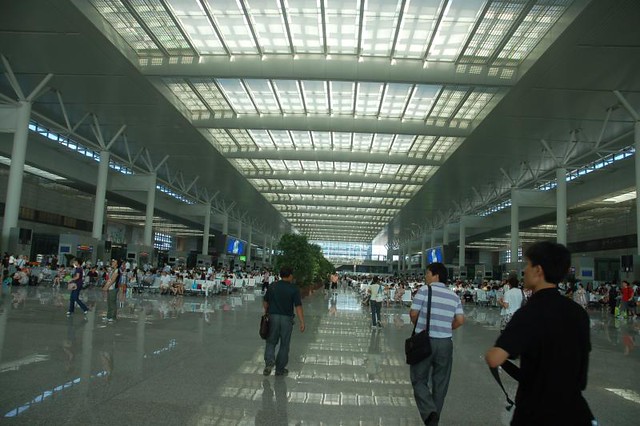
Photograph by Jian Shuo Wang
From the top, where they have a McDonald’s floating somewhere near the ceiling, you can see the seats better.

Photograph by Jian Shuo Wang
This is the McDonald’s I was talking about – hard to recognize – somewhere near the ceiling.
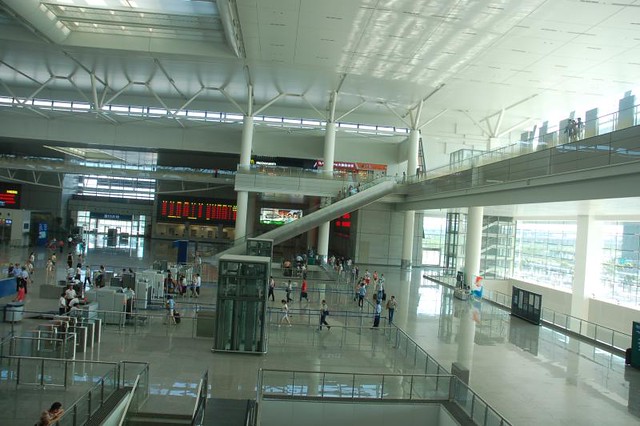
Photograph by Jian Shuo Wang
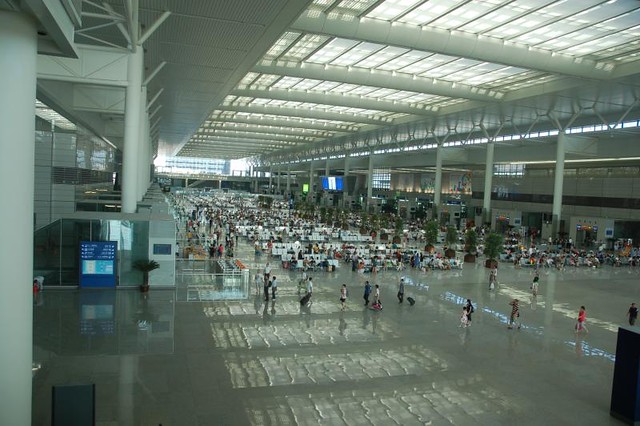
Photograph by Jian Shuo Wang

Photograph by Jian Shuo Wang
From the middle of the runway on the top, it is a symmetric view.

Hong Qiao Long Distance Bus Station
Besides the Hongqiao Airport, Maglev Station, Metro Station, and Railway Station, it is also a big Long Distance Bus Station. Here is the roof of the station, which is on the west side of Railway Station.

The ticketing office is at the B1 of the station – passengers can directly get here after getting off train.
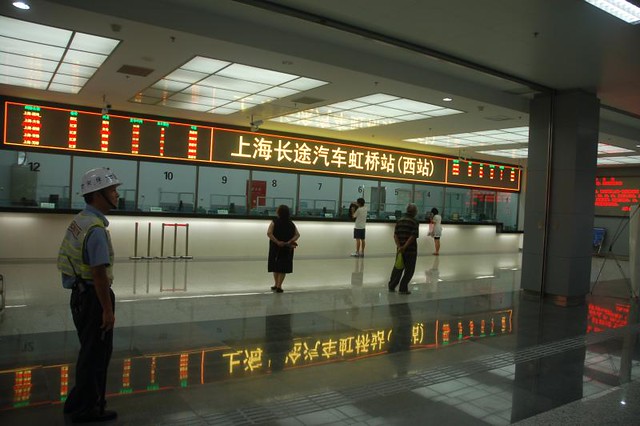
Good luck!
